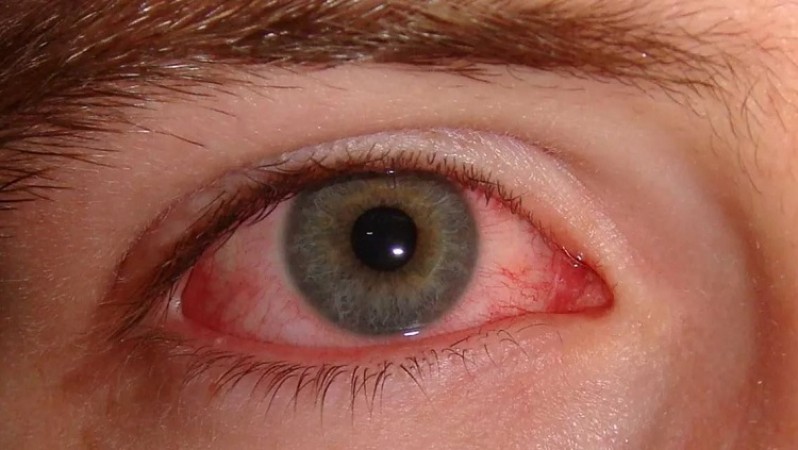
In the wake of shifting climates and seasonal transitions, the prevalence of eye-related ailments like conjunctivitis has become increasingly common. Often characterized by redness and cloudiness in the eyes, conjunctivitis, commonly referred to as "pink eye," stems from inflammation of the conjunctiva, the thin, transparent layer covering the white part of the eye.
The causes of conjunctivitis vary, ranging from viral or bacterial infections to allergic reactions. Recognizable symptoms aside from redness include itching and general discomfort in the eyes. Interestingly, red eyes can also serve as a potential indicator of underlying lung conditions, underscoring the importance of addressing this seemingly isolated ocular issue.
Understanding the diverse origins of conjunctivitis is crucial in devising effective preventive measures and treatments. Viral conjunctivitis often accompanies common cold symptoms, while bacterial conjunctivitis tends to result in more pronounced eye discharge, sometimes leading to eyelid crust formation overnight. Allergic conjunctivitis, on the other hand, is triggered by environmental factors such as pollen, dust, or pet dander.
Managing and mitigating the effects of red eyes necessitate tailored approaches based on the specific type of conjunctivitis:
Viral Conjunctivitis: Given its viral nature, this type usually resolves on its own within a few days. However, maintaining good hygiene practices, such as regular handwashing and avoiding touching or rubbing the eyes, helps prevent its spread.
Bacterial Conjunctivitis: Treatment typically involves antibiotic eye drops or ointments prescribed by a healthcare professional. It's crucial to complete the entire course of medication as directed to ensure complete recovery and prevent recurrence.
Allergic Conjunctivitis: Identifying and minimizing exposure to allergens is key. Over-the-counter antihistamine eye drops or oral medications can provide relief from symptoms. Additionally, using cool compresses and avoiding rubbing the eyes can help alleviate discomfort.
For individuals experiencing red eyes alongside respiratory issues, seeking prompt medical attention is advised. Red eyes can sometimes be indicative of systemic conditions like allergic reactions or respiratory infections, necessitating thorough evaluation and treatment.
The redness and cloudiness affecting the eyes, known as conjunctivitis, can stem from various causes—viral, bacterial, allergic, or even serve as an indicator of broader health concerns. Adopting preventive measures, seeking appropriate treatment based on the underlying cause, and prioritizing eye hygiene are crucial steps in managing and reducing the impact of this common ocular condition in today's ever-changing climate. Consulting a healthcare professional for accurate diagnosis and personalized guidance remains pivotal in addressing red eyes effectively.